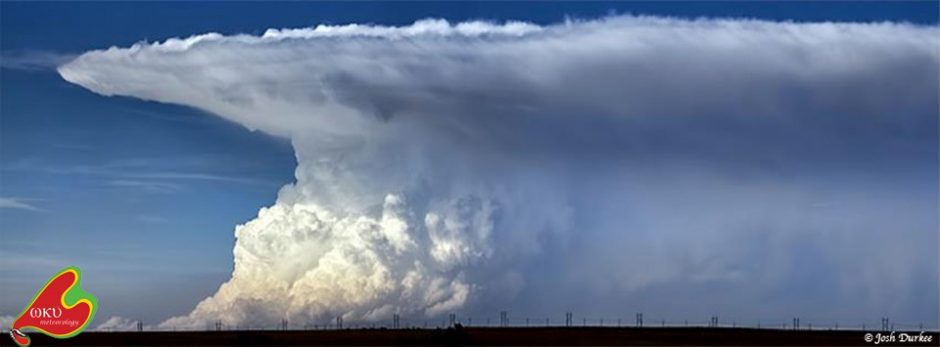Dr. Greg Goodrich joined the faculty at WKU in 2005 after completing his Ph.D. from Arizona State University. His research focuses on how multi-decadal climate teleconnections such as the Pacific Decadal Oscillation (PDO) and the Atlantic Multidecadal Oscillation (AMO) influence precipitation patterns associated with interannual teleconnections such as the El Nino Southern Oscillation (ENSO) and the North Atlantic Oscillation (NAO). He is especially interested in the impact of climate teleconnections on snowfall in the eastern United States. Dr. Goodrich has published his research in a number of peer-reviewed Journals, including Climate Research, Climatic Change, Bulletin of the American Meteorology Society, the International Journal of Climatology, and Weather and Forecasting.
Dr. Goodrich developed the curriculum for the B.S. Meteorology degree program and teaches courses such as Dynamic Meteorology I and II, Meteorological Instruments, and Weather Analysis and Forecasting. He has served as the program leader for WKU Meteorology since 2008. He worked as a meteorologist for AccuWeather, Inc., for three years after receiving his B.S. in Applied Meteorology from Purdue University.
For more information about his research or the B.S. Meteorology degree program, contact Dr. Goodrich at gregory.goodrich@wku.edu.

Dr. Goodrich,
I’d be interested in exploring my options with you.
My name is Bruce Zerr. I have a B.S. Degree in Chemical Engineering. Years ago I used to be a Senior Process Design Engineer at Oak Ridge, where I worked on Uranium Enrichment Plants.
My skills have become very out dated. I really need to either update them, or acquire new ones. Meteorology has always fascinated me. I have a ‘Feasibility Study’ – that was accepted as a US Patent – where I used
a tornado to cool the process gas of a Carbon Dioxide laser.
The Thermodynamics of the tornado is fascinating. It is not what one would expect – for it is a special case of constant Enthalpy, with undertones of constant Entropy.
Thus, I strongly suspect that the computer codes Meteorologists use to simulate tornados, has a built-in error in this regard.
This is but one, of a dozen or so ‘new’ pieces of information about tornados, that I have gleaned out of the calculations. Many are very significant – such as the top velocity measured for tornados is an EF5 – but that is not the top velocity of the Forced Vortex.
Another observation – is that there is a very fundamental difference between a water spout, and a tornado. Its called a ‘diffuser’. The diffuser, of a tornado, doubles the thermal efficiency of a tornado…..vs. the water spout or dust divil. The diffuse also double the available power/rotational velocity of a tornado.
I can also explain the sighting of multiple tornados, rotating underneath a very large supercell……Also, the ‘J’ damage track of such tornados is very easy to explain.
What I am alluding to is that I can advance tornado theory by 30 years; Its all because I discovered and read a paper by Dr. Nash concerning his vortex heat exchanger, published in “Applied Optics”. Hidden in plain sight, no Meteorologist ‘would ever’ research this article – for its break-through discoveries.
Bruce Zerr
Dr Goodrich:
How is the degree going have you ad a lot of students,will you offer a graduate program.Hope your programs do well,I am talking too a local University who is interested in offering a B.S degree inmetorology.But they don,t offer any courses let.
Hello,
My son is a senior in high school this year and is strongly considering your program and would love to meet with you. We are touring the campus today at 1:30 p.m. and I didn’t see an option to meet with you to discuss the meteorology program. Could we get in touch and get something planned? Thanks you!